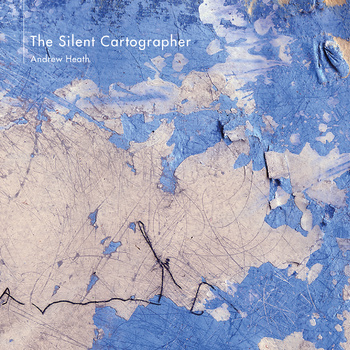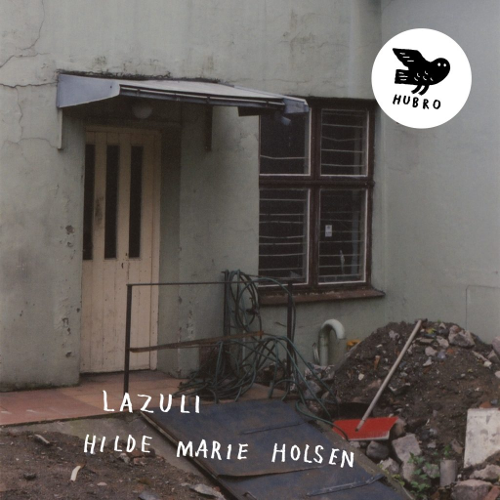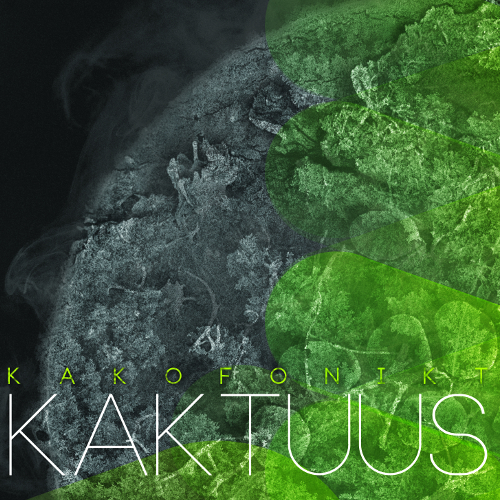 “All art is solitary and the studio is a torture area” – Alexander Liberman.
“All art is solitary and the studio is a torture area” – Alexander Liberman.
There is a certain type of melancholia about Giancarlo Erra’s Ends that has its roots in a very British and American form of ambient music. It is that rare thing that manages to capture the beauty and the sadness of a place, and Ends also offers the sense of memory and moments past that will never be recaptured.
“3” is the perfect start, although the sound borrows more from Philip Glass than it does the likes of Brian Eno. An arpeggiated synthesizer riff spiralling from major to minor chords is joined by a delicate string quartet that adds a certain amount of beatific grace to proceedings. Its as if the track is the opening theme to some imaginary film, and as it tumbles through your speakers, you begin to imagine it following some on-screen visuals. “2” captures the sound of loneliness, like the work of Harold Budd and John Foxx does, its spiralling piano notes giving the feeling of intellectual isolation and being alone among the beauty of nature at some desolate place. Again, the quartet adds an extra layer of despair to the piece, making the whole sound even more heart-wrenching and gives it a sense of longing.
“1” takes on a similar ambient tone to the recent work of ex-Japan member Steve Jansen, a kind of awkward detachment played out while watching the clouds move over the tops of buildings. Erra adds flourishes here and there to give the track an almost shimmering quality, one that also makes it reminiscent of some of Max Richter’s work. Here we have music to create total moods for whatever room it is being played in; but it’s also music that invites the outside in, or at least a longing for it — and is that a Korg MS10 or 20 I hear playing the lead?
“4” has lilting piano chords that take on an element of David Sylvian’s ambient work, and the dark sense of beauty shines through — and again a sense of longing. Then the piece takes off as the chords become powerful, but the strings lull them with a lullaby back to earth. It’s then that the quartet’s score makes them hover in the air slightly before the piano rejoins them. “6” has some soft pad synth sounds playing almost hymnal chords, while a choppy piano arpeggio proceeds over the top and draws you into its quiet world, one where you can ponder the meaning of existence as the strings add a frailness to the track. “Coda” finishes the album with some sad-sounding chords that are in a strange way uplifting as well. A slight pulsing rhythm adds a heartbeat to the piece, as again the strings layer the track in a world-weary ambience that fits the mood perfectly. Again, I could hear this as part of the soundtrack for a film like Baraka as it conjures these images to mind.
Ends is a beautiful and atmospheric first solo album from Erra, and it’s the kind of music to drink in with your soul.-Gary Parsons-



